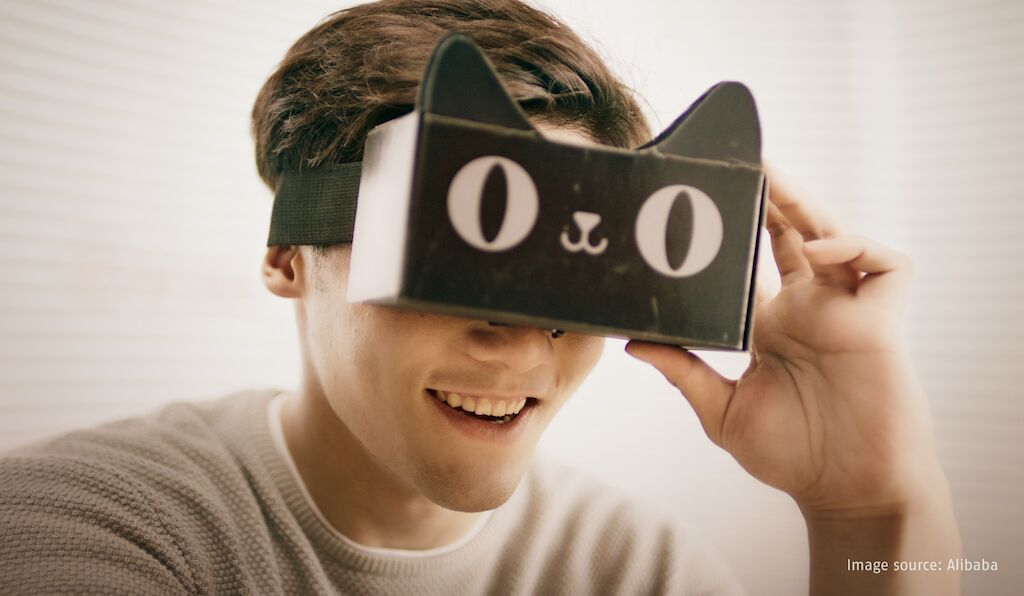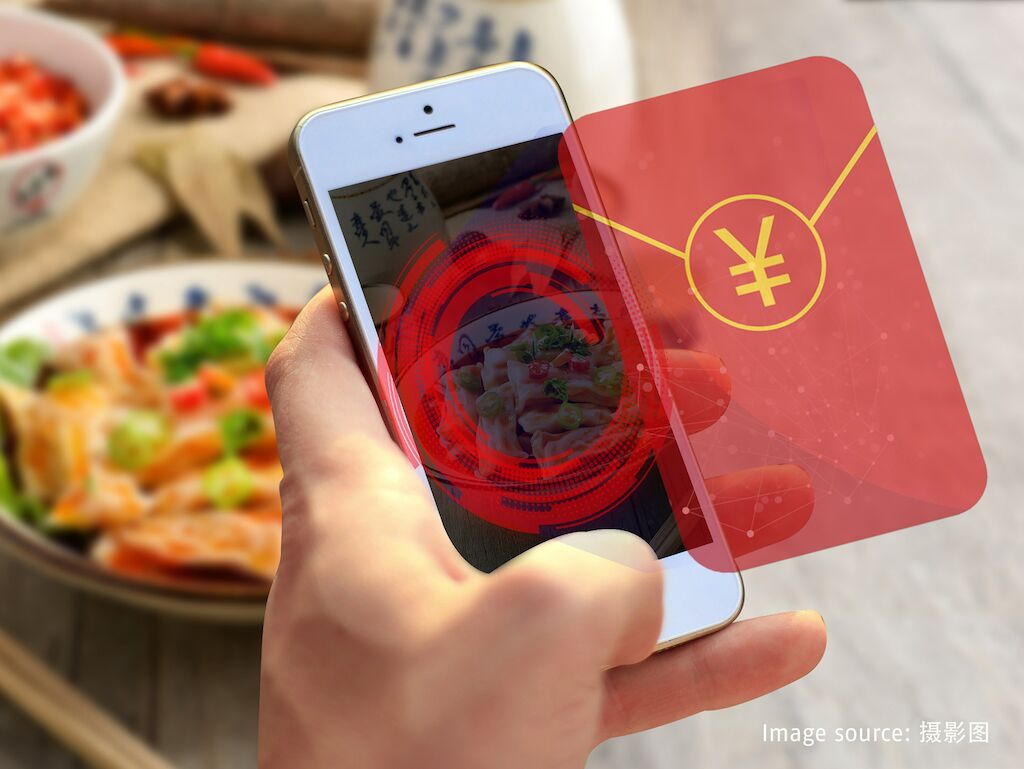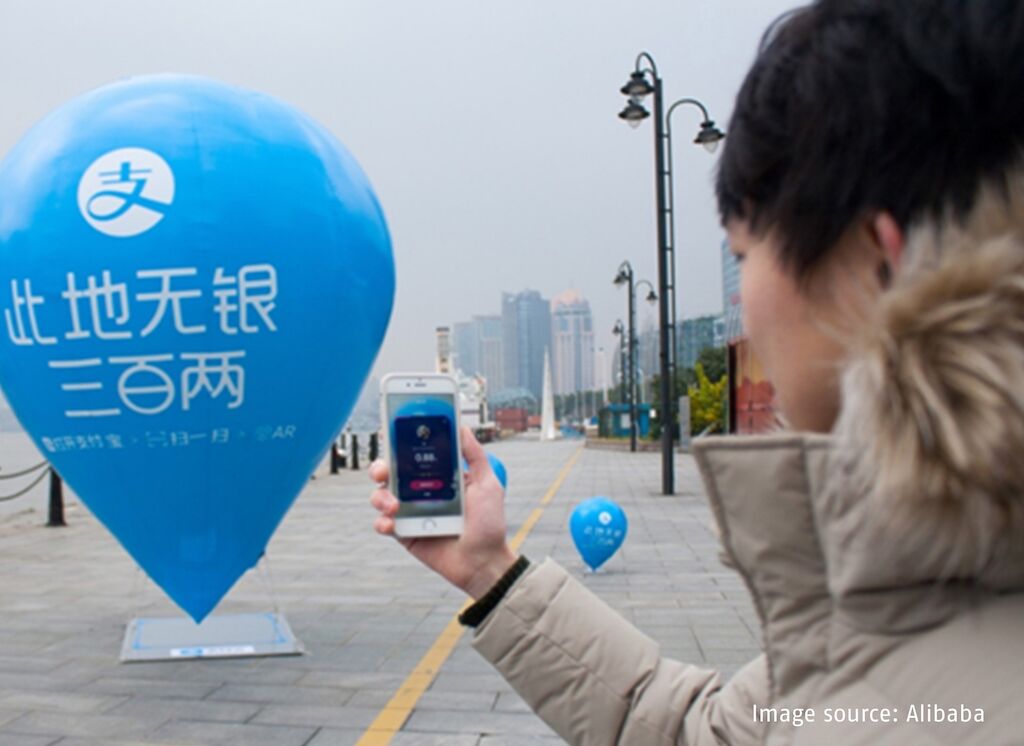Augmented Reality (AR) and Virtual Reality (VR) have become can’t miss buzzwords all over the world, and China – with its reputation for fast moving, tech-savvy consumers – is understandably no exception. In fact, “Virtual Reality” emerged as the most popular tech-related keyword on Baidu’s search engine in 2016, beating out other newsmakers such as AlphaGo and autonomous vehicles. And while China has so far missed out on the massive Pokémon GO craze (the app remains unavailable to mobile users without a VPN), that hasn’t stopped established players and start-ups alike from finding their own unique ways to leverage these technologies at the intersection of business and culture.
Take Alibaba and Tencent for example. Each year, both tech giants try to outdo one another by creating new ways for people to send and receive hongbao – money-filled red envelopes traditionally given as gifts during the Spring Festival holiday. But this past January, the annual competition was taken to new (albeit virtual) heights, with AR and GPS technologies allowing for a more interactive approach than ever before. On both Alibaba’s Alipay and Tencent’s QQ platforms, users were able to use real-time location in order to hide hongbao for friends and family, as well as uncover nearby envelopes hidden by other users, participating sponsor brands, and Alibaba and Tencent themselves.



